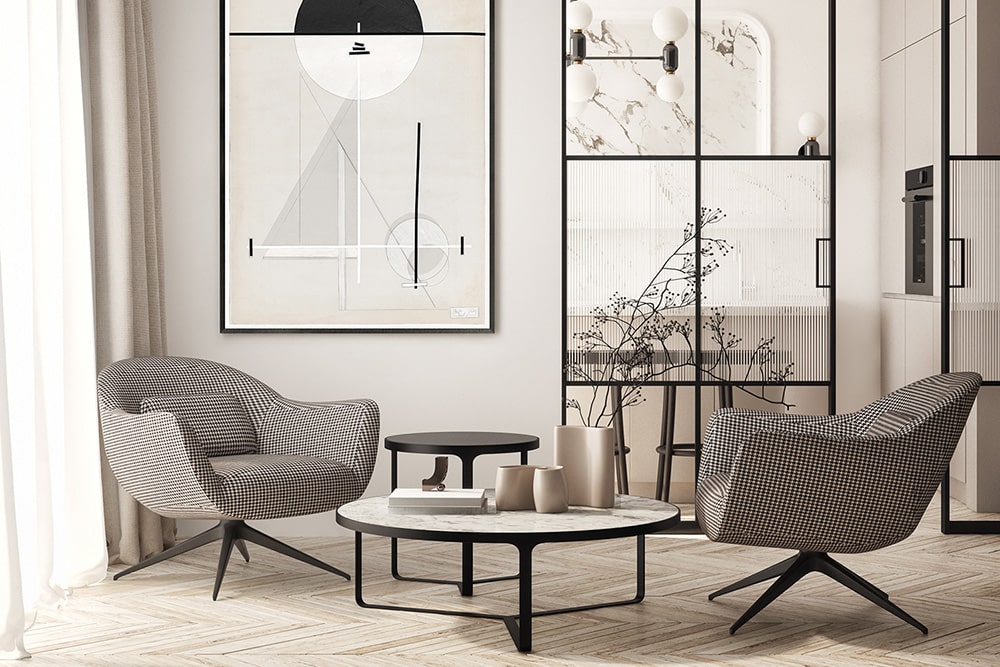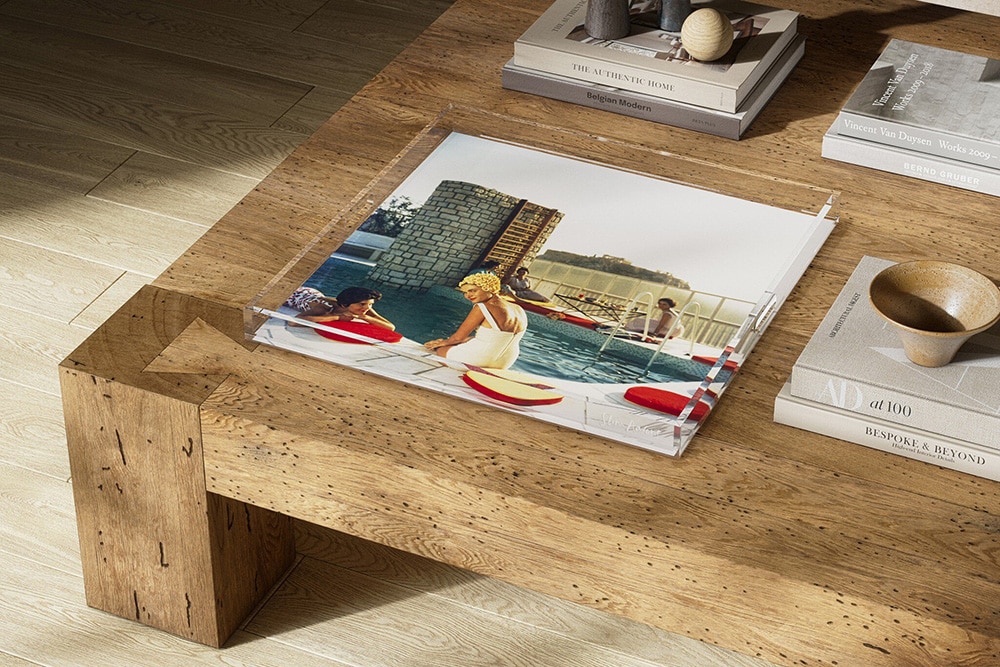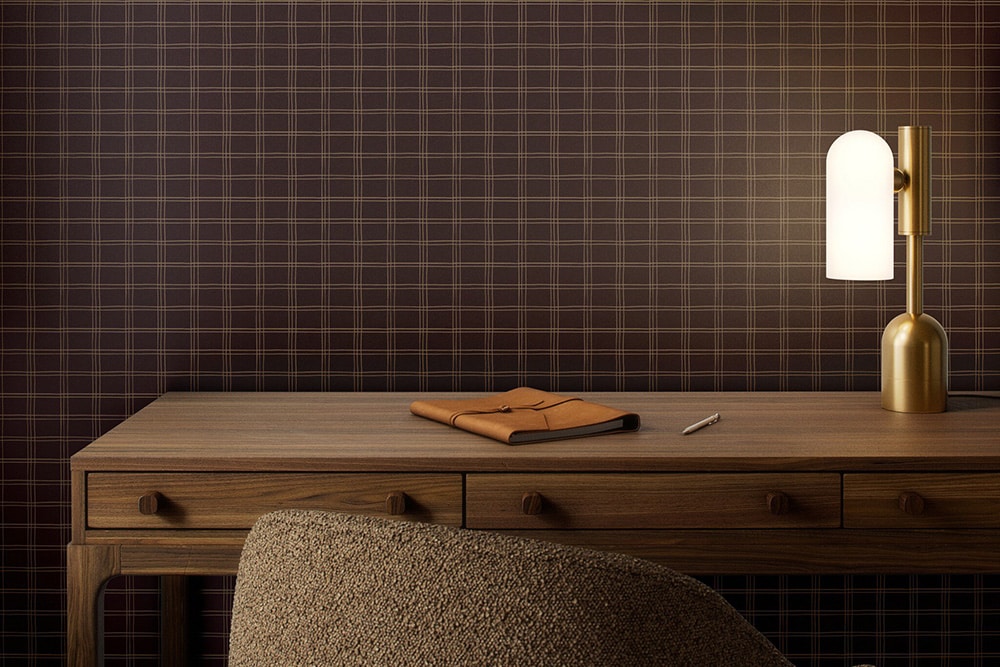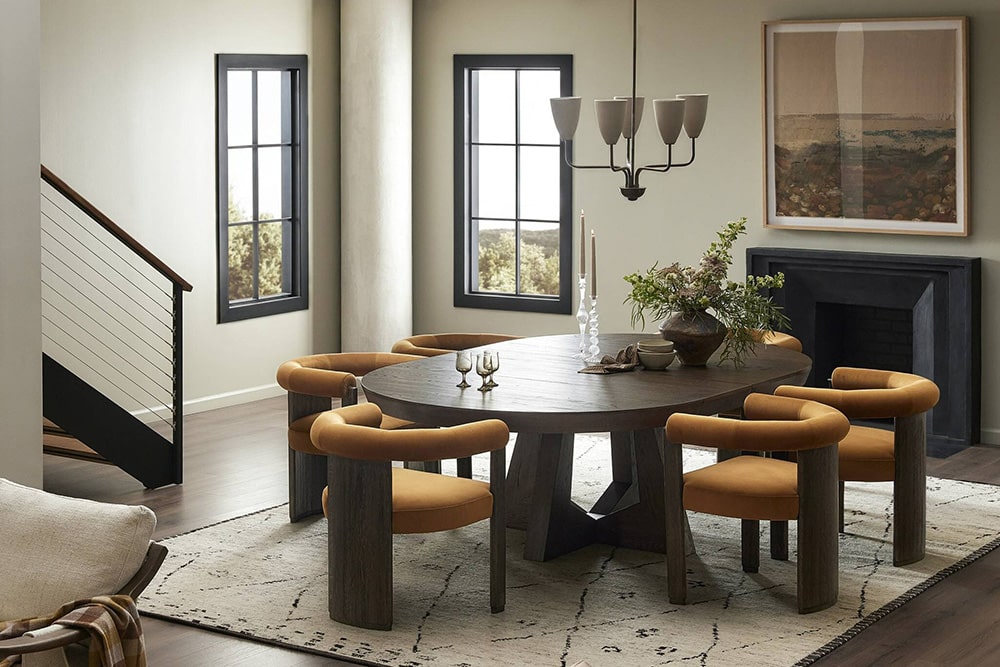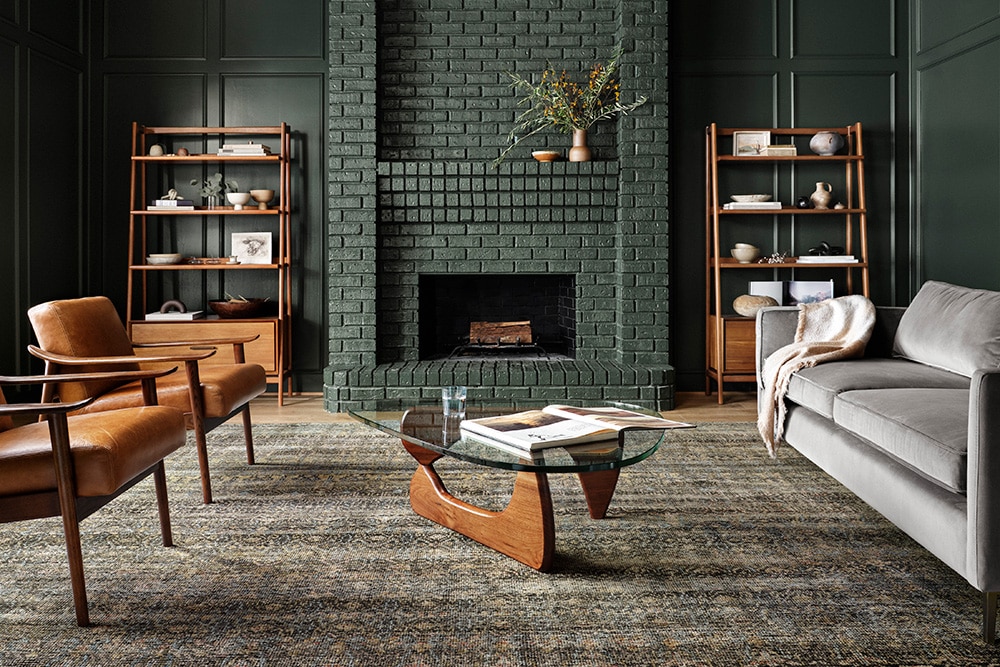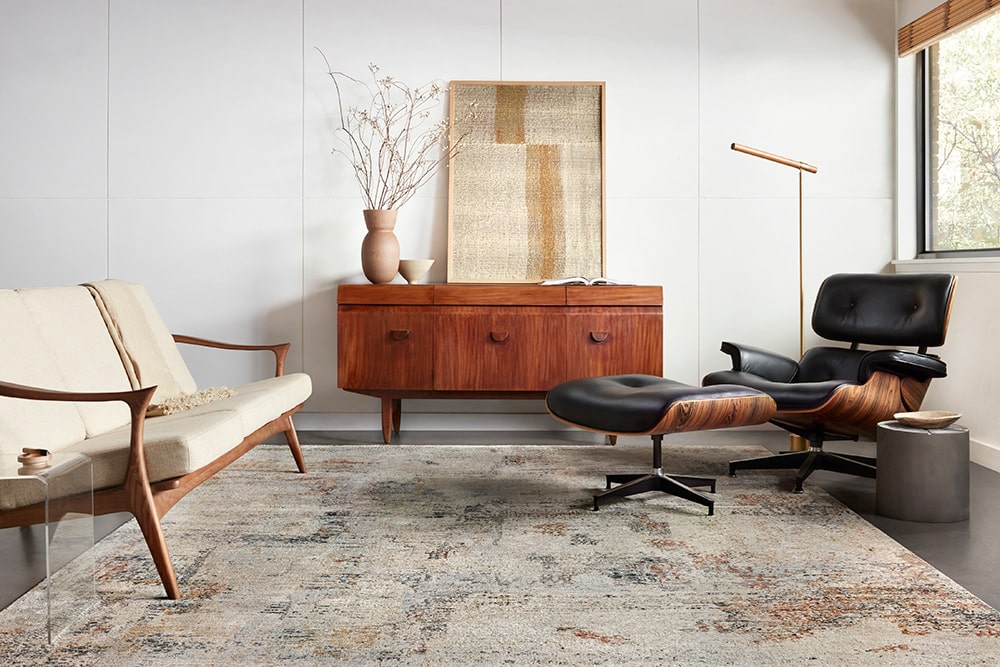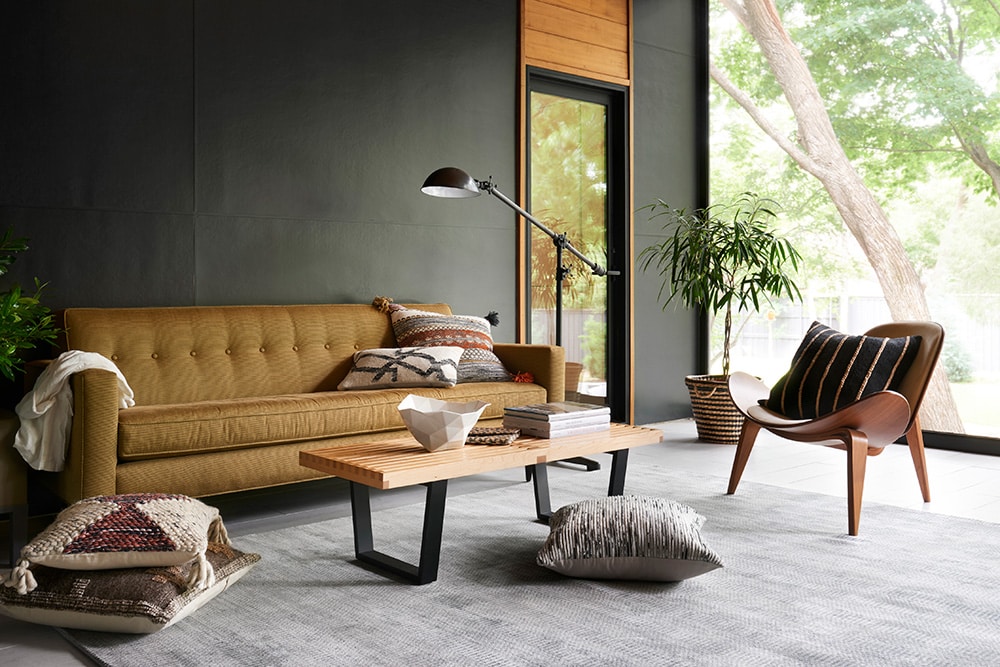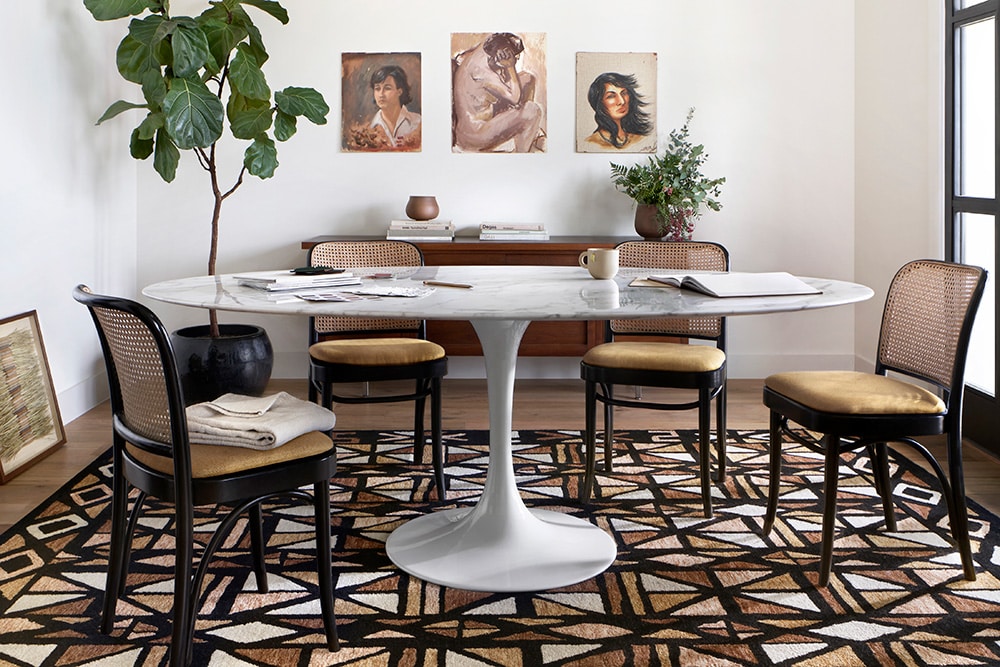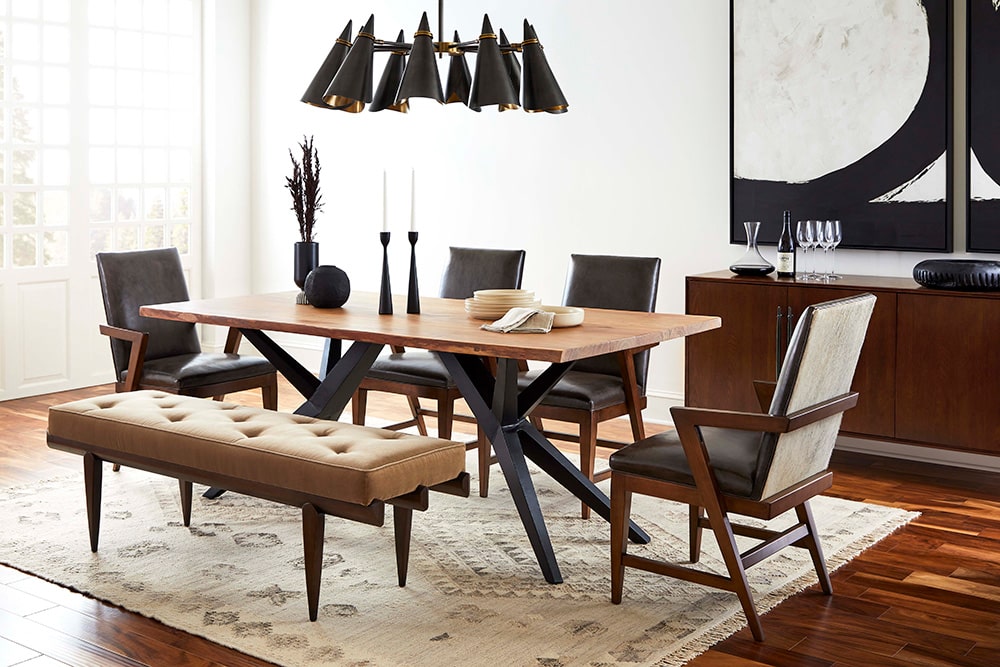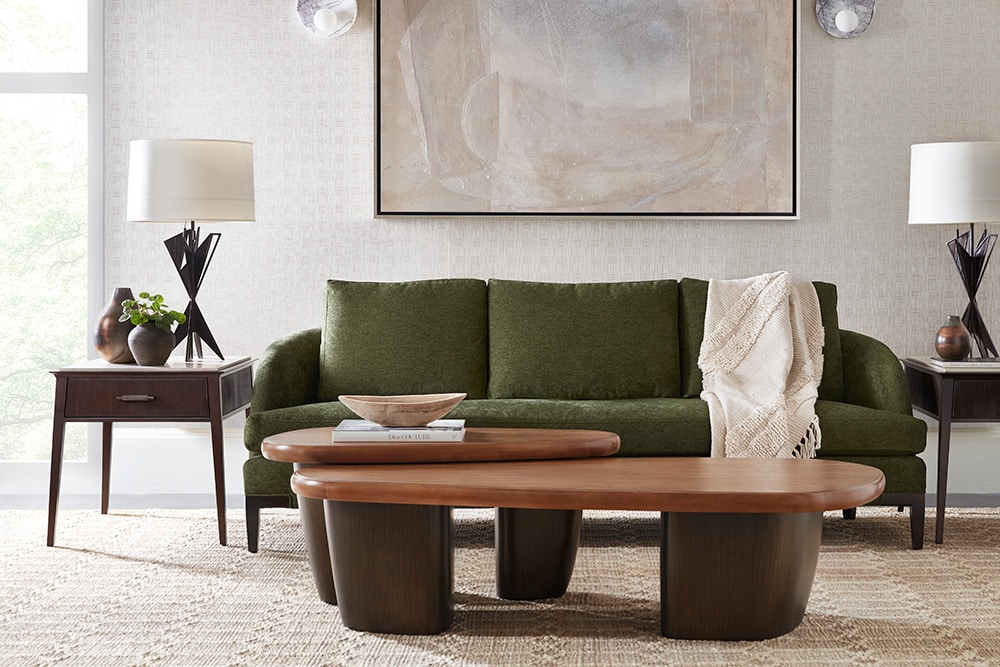Mid-Century Modern


History of the Mid-Century Modern Style
Mid-Century Modern architecture and interior design were born from the post-World War II societal shifts seen in the mid-20th century. There was an economic boom, increased morale and optimism, and modernist movements growing in popularity.
Manufacturing flourished, bringing new ideas and experiments with previously untapped materials such as insulated glass, concrete, and steel. Following other dramatic mindset shifts of the time, the newly emerging style rejected the ornate and intricate designs popular at the time in favor of simplicity and functionality. It utilized clean lines and organic forms in straightforward designs on open floor plans, large windows, and minimal décor.
Even with the transition from excess to a more organic aesthetic, a retro, nostalgic influence remained. It empowered designers and homeowners to express themselves boldly within the constraints of modern minimalism. Pops of bright, vibrant colors and geometric patterns added flair and personality to a space like art on a blank canvas.
Today, Mid-Century Modern thrives, beloved for its simplicity, retro nostalgia, and easy sophistication. Inspiration abounds, and the possibilities are endless with this captivating style.
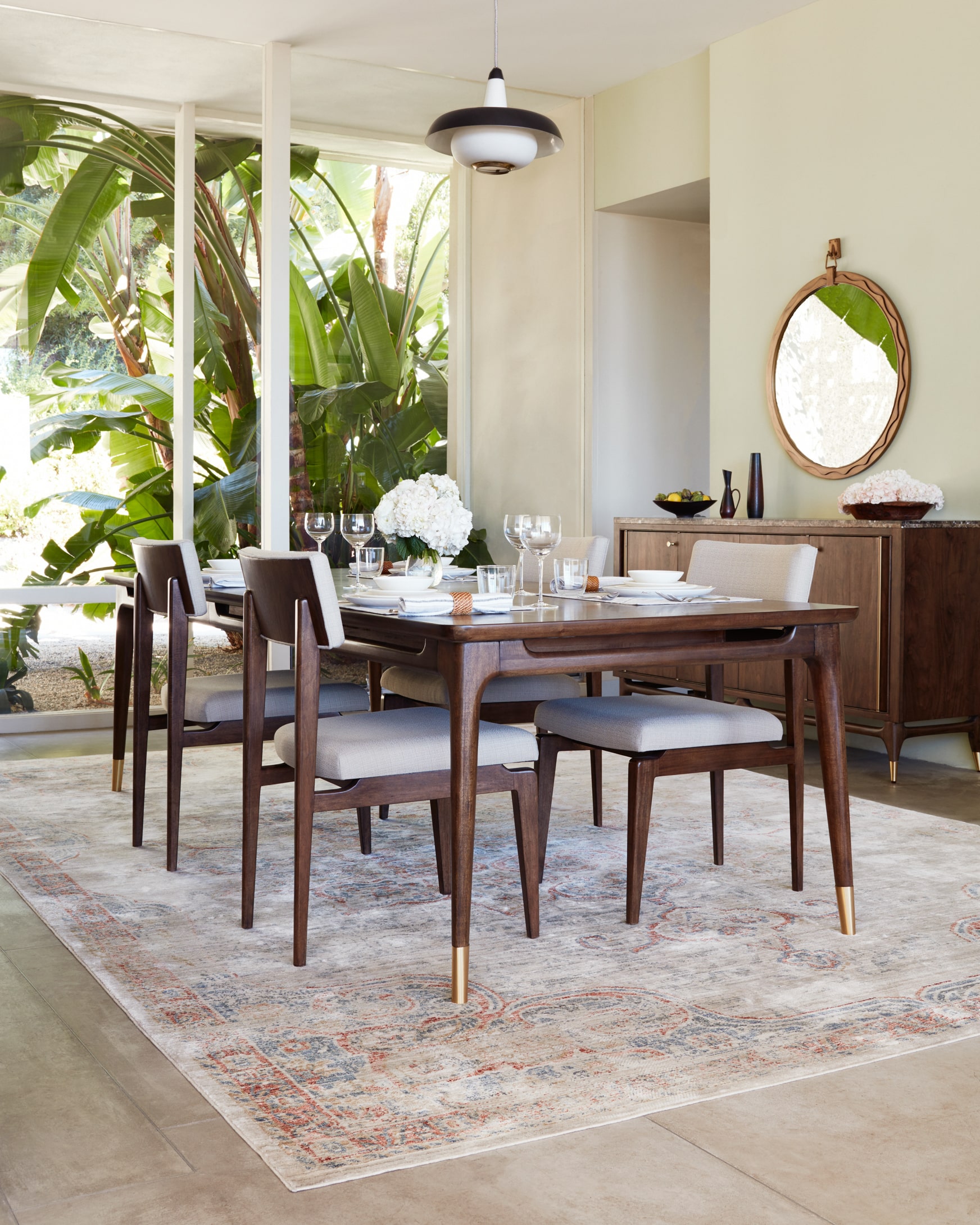
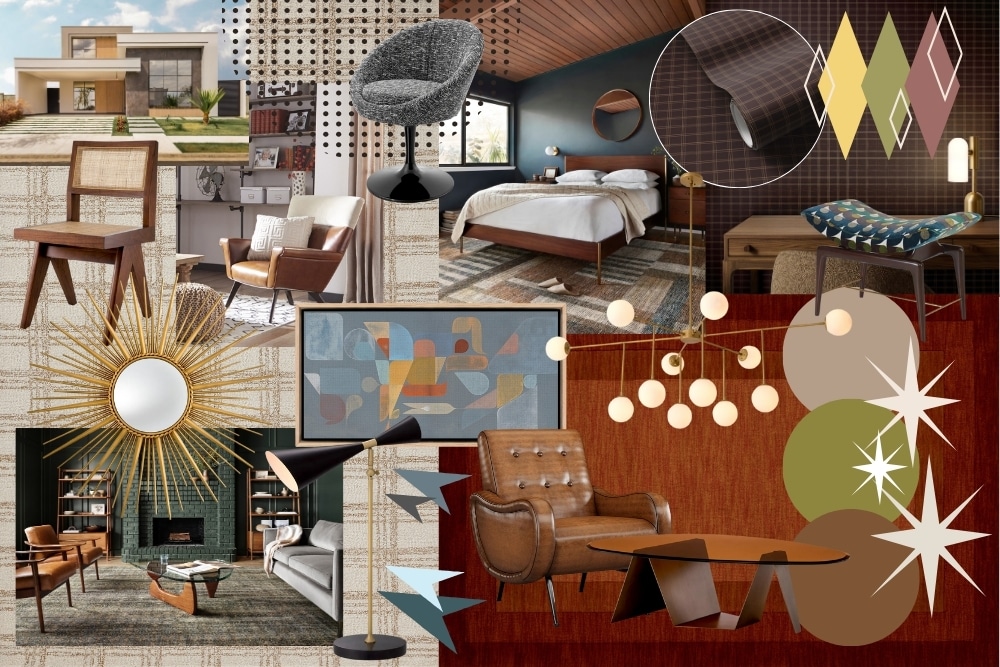
Clean lines, organic shapes, and boldly accented minimalism are the hallmarks of Mid-Century Modern design. This iconic style is sleek and sophisticated, embracing refined simplicity in a celebration of form and function.
Go bold with pops of accent colors like reds, yellows, blush, and sage incorporated into leathers and fabrics in geometric patterns. Use mixed textures and materials in tension, such as teak, rosewood, metal, acrylic, vinyl, and glass, to add depth and intrigue to what is, by nature, a minimalistic space. Embrace the cleanliness of negative space to create livability in a fresh, timeless aesthetic.
